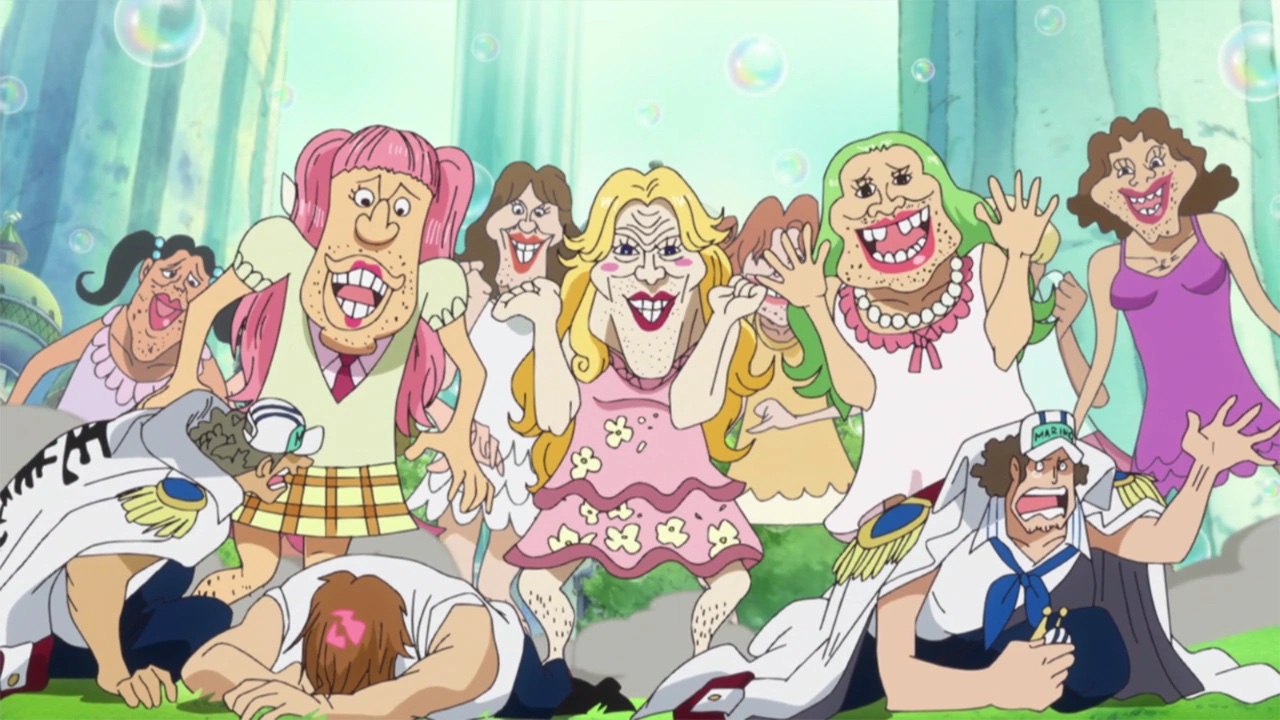Table of Contents Show
Trigger warning: heavy subjects such as sexual assault and incest are discussed in this article.
Anime is very versatile, with many genres from fantasy to action to romance to sports, and there is new anime coming out almost every other month. With the sheer number of shows being pumped out by anime studios, some are bound to use anime tropes. Tropes are not necessarily a bad thing — people often associate tropes with being clichéd or unoriginal, but there is a reason they are tropes in the first place. However, some anime tropes are cringy and downright harmful to certain communities. From making us groan out loud at yet another sexualized female character to making us wince at an incestuous relationship, these anime tropes no longer belong in the new age of anime. So, let’s discuss them.
Teamwork Always Wins
Ah, the power of teamwork. This anime trope can be wholesome and sweet, but its overuse has made it flat-out boring to watch. This anime trope is mostly used in the sports and action genres, and it can get tiring to see a team or group that is very clearly losing and would lose in any other scenario get back at their opponents with seconds left to spare in the game or battle. Kuroko’s Basketball (2012-2015) and Haikyu!! (2014-2020) do a good job of having their teams lose before they have a winning streak and end up in the finals, allowing for a more realistic plotline that doesn’t have their characters winning all the time and creating room for character development after the loss.
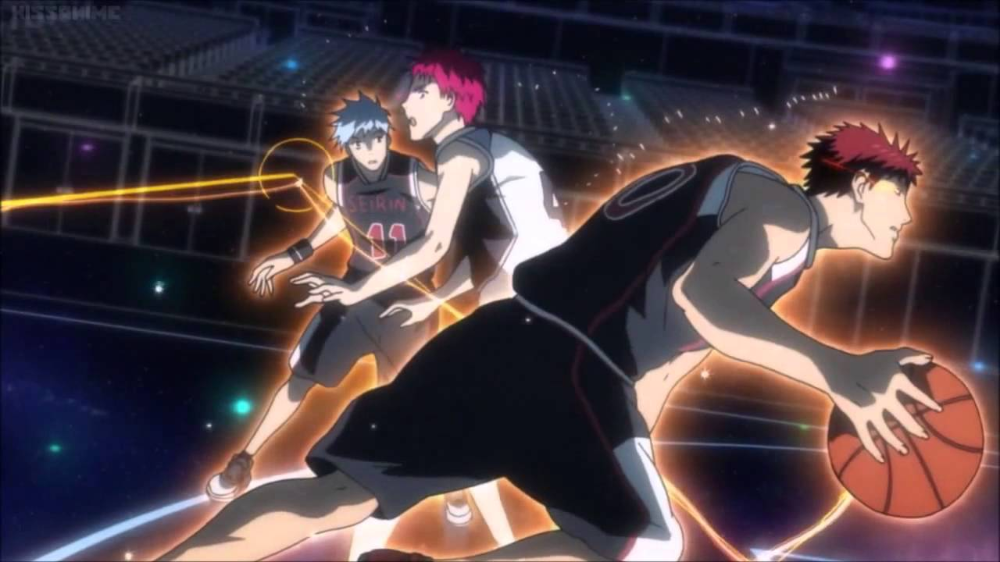
Yes, teamwork is a valuable and valid theme. It would help if you had teamwork to have a group function. However, when it becomes cheesy and flat-out annoying, the opposing team is so much better at quite literally everything and is ahead by multiple points (in the case of sports) or has hurt/killed everybody on the main team (in the case of action). Nothing is impossible, but closing a gap of forty points or having one sole person fight an entire group of villains is incredibly far-fetched, to say the least. Having one last burst of team morale is not enough to win against a clearly overpowered opposer.
The viewer can sometimes find themselves rooting for the other team since they have clearly practiced more or are far more experienced at the subject than the main team. It can be understandable if the opposing team breaks down because of their lack of teamwork, but if they are so overpowered and a short inspirational speech is what beats them, then the main team didn’t exactly deserve to win. It’s simple: either make the power imbalance between the two teams smaller or have a legitimate reason why the other team loses. Just don’t have it be because the characters got hyped up and discovered a new power inside themselves.
Sexualized Female Characters
This is possibly the most overused anime trope in history, to the point where the big-breasted anime girl has become a meme and well-known archetype. Sexualized female characters are also not new; it is an issue endemic to every realm of society, but anime takes it to a new level since it is animation and does not have to follow the rules of anatomy or gravity. Breasts that defy gravity, paired with an impossibly small waist and revealing clothes, are a tale as old as time, to the point that there is a running joke where a male character accidentally falls into them.
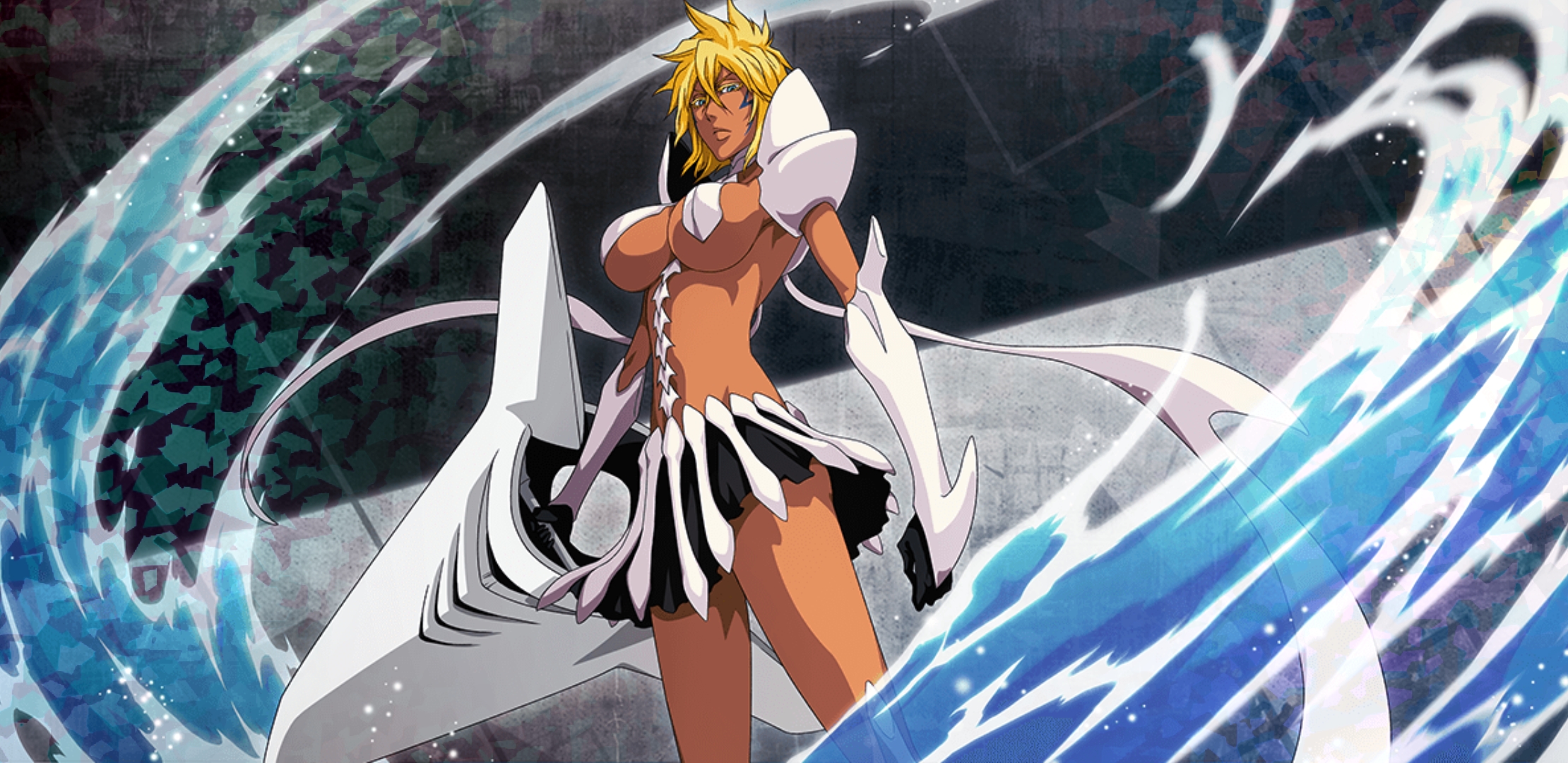
Some of the best shows regrettably have this anime trope, and only now are we seeing a small change in this issue. Jujutsu Kaisen (2020-present) is one of the first anime that comes to mind. It portrays women and girls in a realistic and empowering light in regular uniform clothes without impossible proportions and sexualizing them. A Silent Voice (2016) also did a great job of showing girls with flaws and character development, all without showing off their bodies in a sexualized manner. Now, just targeting big-breasted women and women who like to show off their sexuality in anime is counterintuitive. Women are allowed to have big breasts and express their sexuality in whatever way they want. However, the problem comes from the male gaze, where the women are being hooped and hollered at for showing the same amount of skin as their male colleagues, who are shirtless all the time and are not drooled over once. It lacks consent; most of these depictions show women’s clothes being torn off, being touched without permission for a joke, or the female characters are given skintight and revealing uniforms, even when expressing their reservations about the clothing.
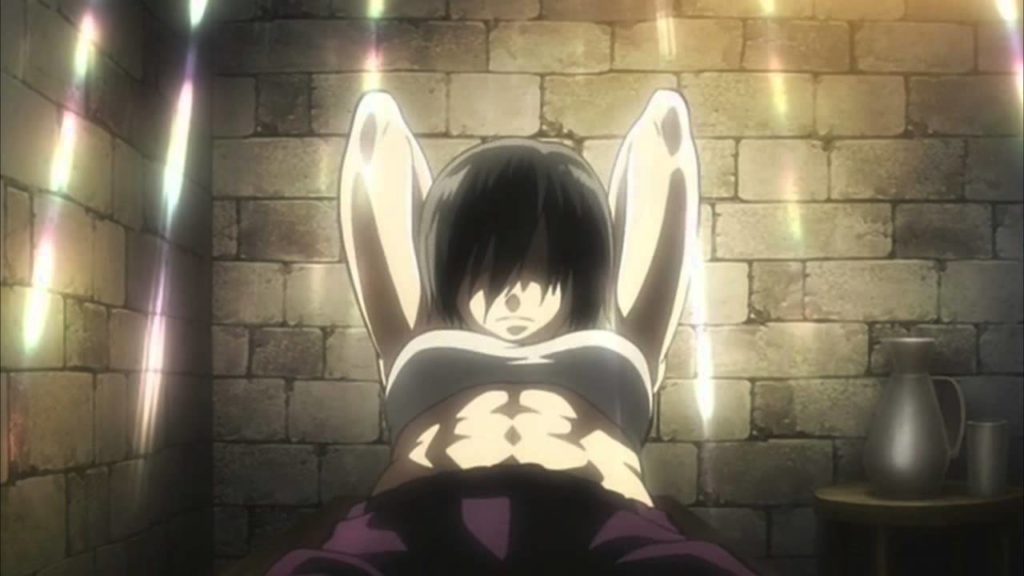
Some examples of positive representation of women’s bodies are Momo Yaoyorozu from My Hero Academia (2016-present) and Mikasa Ackerman from Attack on Titan (2013-present). While it may seem as if Momo’s hero costume is just as revealing and sexualized as other female fighters, hers actually serves a purpose: to help her quirk of creation. Yes, her boobs still seem to defy gravity, but she doesn’t receive constant barrages of lewd comments about her body, and her body isn’t used in a sexual manner; rather, it is incorporated into her quirk. The best example (and one of the only examples) of celebrating women’s bodies is Mikasa, where a workout compilation shows off her muscular physique. Even though she is wearing a sports bra, ogling her body is not the purpose of the compilation: it is to see how much stronger she has grown over the years, how much work she has put in.
It is more than strange to see abs on a female character since many people think they are supposed to be suave and skinny, but it is so refreshing. It would not make sense to see a skinny Mikasa after years of intense training, near-starvation, and constant workouts. We are seeing her naked body, but that’s not all she is. We need women whose bodies are not mere jokes or props to cater to the male gaze, further the plot or satisfy the main male character. We need women with character development, emotions, flaws, and realistic body types. This does not always mean plus-sized women (though it includes them. Fatphobia is rampant in anime, which this article will address). This includes women like Mikasa, who actually have muscles. This means women with smaller breasts, tall women, women with fat on them who are not necessarily plus-sized. We see an uptick in realistic female characters, but it is not happening nearly fast or frequently enough. This anime trope needs to die. Immediately.
Harem Anime
Even though this is more of an entire genre rather than an anime trope, this is very outdated in today’s society and is so overdone; it is just fanservice rather than an actual plot. Not that they had much plot, to begin with, but some at least had something going on in between the female characters obsessing over a perfectly adequate male character and being hypersexualized. Harem anime can be funny if given the right tone. Still, more often than not, it is just a boring male character with brown hair and no personality that acts as a self-insert for both the author and the men reading the manga/watching the anime who receives all the attention and devotion from the most attractive girls in school. Each girl satisfies every man’s type, from the classic big-breasted and submissive type to the tsundere to the very creepily child-coded girl who is basically prepubescent.
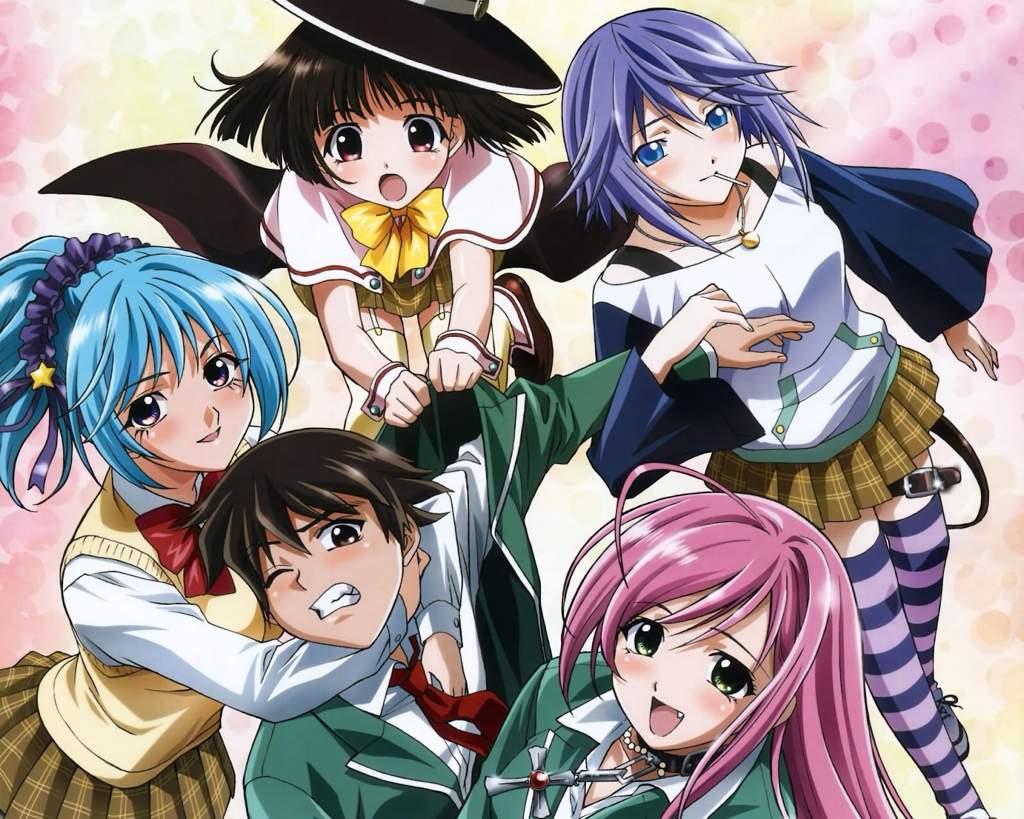
These girls are not characters; they are props used to satisfy the male character and help him with his goals rather than having any goals or character development of their own. What about reverse harems? Don’t they have the same issue? Sure, they follow the plotline of having one gender surrounded by many opposite genders, but reverse harems showcase the male characters with actual personalities and goals of their own. They aren’t all obsessed with the main female character and have stories of their own instead of just being an extension of the main character. Shows like Ouran High School Host Club (2006) and Fruits Basket (2019-present) accomplish this harem dynamic very well, incorporating humor and actual character development while still keeping the harem genre intact. Harem anime can be entertaining, and the whole genre does not have to go away, but major reforms need to be made. Humor not based on breasts or the girls’ bodies, giving female characters personalities and goals, and having the main character be more compelling are all reforms that could modernize the genre and make it less eye-roll-worthy.
Fat-Shaming
Fat-shaming is yet another anime trope that is not exclusive to anime; however, while other entertainment industries are growing more inclusive of other body types, anime lags. Whether it’s portraying an obese person eating copious amounts of food or making fun of a fat character’s body, anime has a long history of making fun of people with bigger frames and excess fat. A few examples of plus-sized characters — particularly women — are celebrated, but this is more due to fetishization rather than their actual incorporation into the show/manga as a character. This is representative of much of Japanese society, which prioritizes a sleek physique over health. It is among the slimmest in the world, and lawmakers got involved in 2008, imposing waistline limits (33.5 inches for men and 35.4 inches for women) to make sure they stayed the slimmest. (( Nakamura, David. “How Japan Defines ‘Fat.’” The Atlantic. theatlantic, November 10, 2009. )). It is nearly impossible to find a fat person in Japan, and this ideal reflects itself in anime. There is a growing trend — called pocchari — that helps women embrace chubbiness, with comedian Naomi Watanabe creating her own plus-sized clothing brand to help chubbier Japanese women actually find clothing to wear. However, we have yet to see this change in anime (without fetishization). (( Haworth, Abigail. “Japan’s Pocchari Trend Celebrates ‘Chubby’ Women.” the Guardian. The Guardian, October 20, 2014. )).
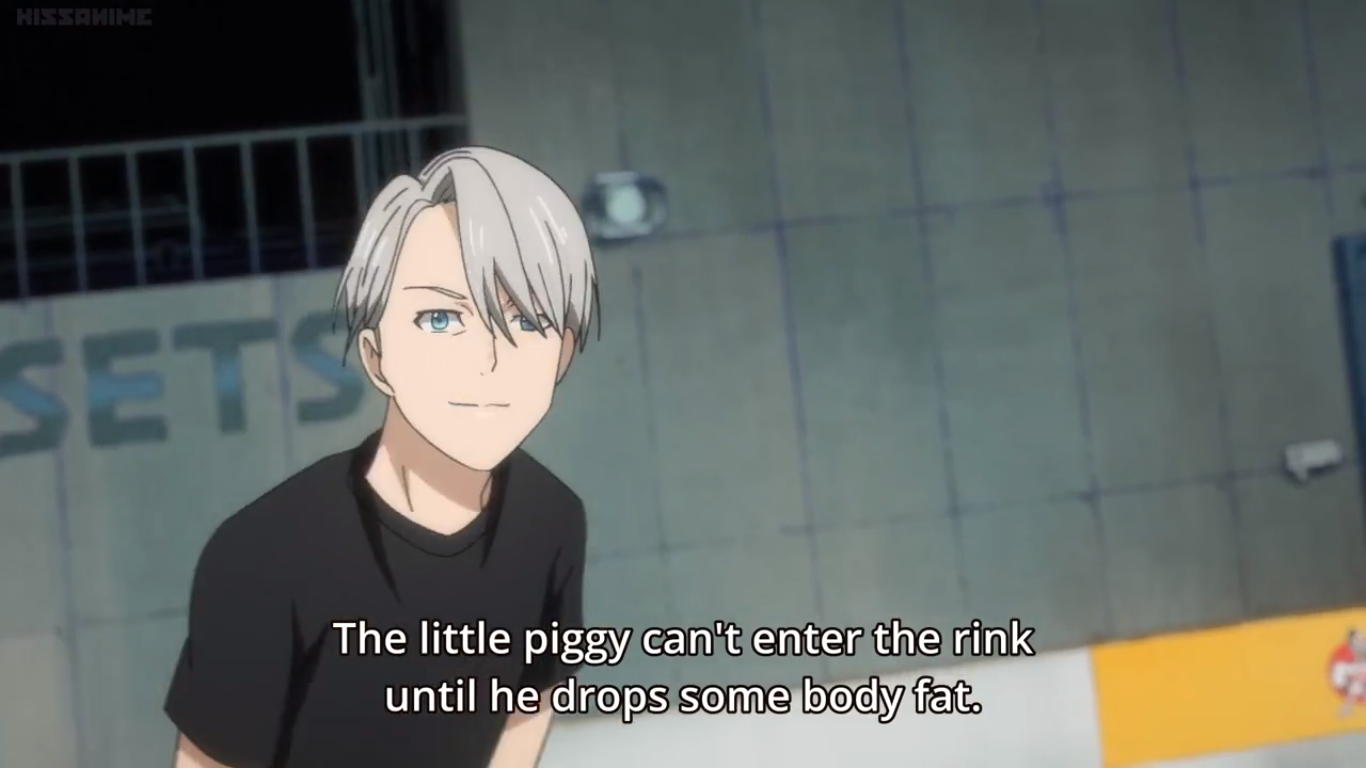
It is getting tiring seeing this anime trope over and over again. Impossible body standards make young viewers even more insecure about themselves, wondering why they don’t have an impossibly small waist, skinny arms, and large hips. We need more representation without these plus-sized characters’ bodies being used as a joke.
Incestuous Relationships
…Seriously? This is still going on?
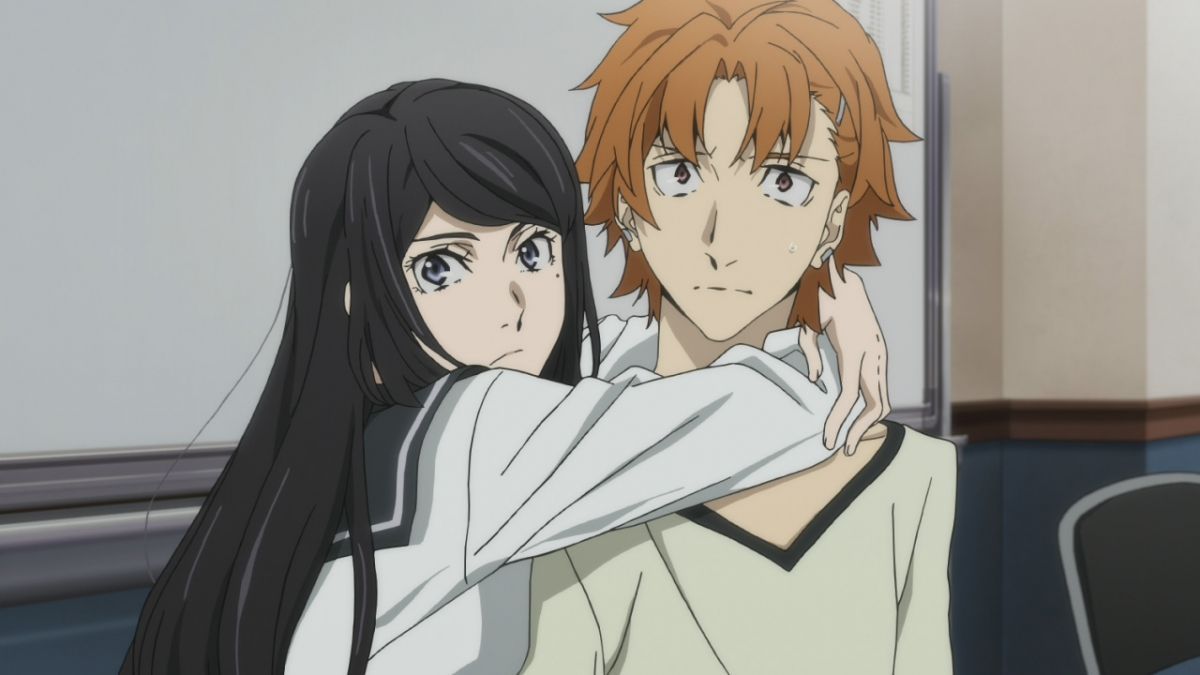
The horror over the huge market that incest has in anime is not new, but the fact that this anime trope still holds modern anime as a gag is puzzling at best. Incest, in general, is worryingly common in general entertainment (looking at you Star Wars (1997-present), Game of Thrones (2011-2019), and Riverdale (2017-present)), but incest — particularly sibling incest — has been a widespread subject and plot point in manga and anime. To give one recent example, the relationship between Junichiro Tanizaki and his sister Naomi in Bungo Stray Dogs (2016-2019) is…very sexual. Naomi is obsessed with her brother and often makes suggestive and outright sexual comments toward her brother, who is less than excited to receive the attention.
There are far more examples of these dynamics, more than there should be, involving step-siblings, half-siblings, full-blood siblings, parents, and cousins. Some anime and manga (more often manga than anime) are solely based on these incestuous relationships (and, more often than not, are hentai). However, there are still examples of this ongoing is getting nauseating. The first scene with Naomi getting all over Junichiro that showed up, especially since it is also predatory and nonconsensual, was particularly nauseating to watch.
Please, for the love of God, unless this anime trope is addressing the subject in a serious manner that doesn’t glorify, romanticize, or sexualize incest, please stop.
Predatory/Offensive LGBT+ Stereotypes
This is an ongoing anime trope that has been adapted from being solely for comedy to boy’s love anime, where there is rape and predation galore. Before the mid-2010s, queer characters were rarely, if ever, represented in a realistic or sympathetic light. Transgender women and men (more often women) were referred to in derogatory ways by the other characters, as seen with Ryoji Fujioka in Ouran High School Host Club, who is repeatedly made fun of and referred to with a plethora of slurs. She has a few sweet moments with her daughter that show her true character. But more often than not, she is treated as the butt of the joke.
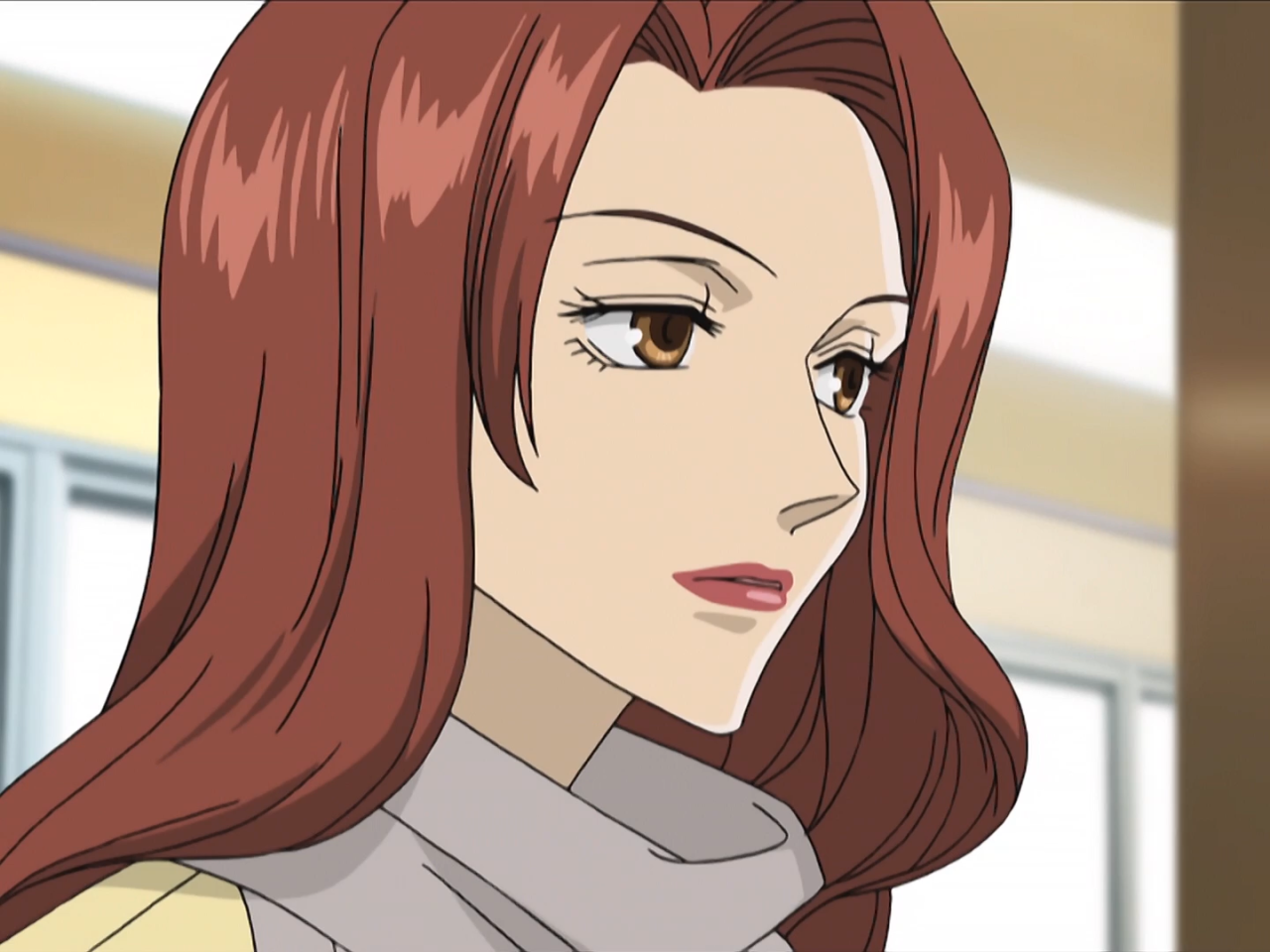
Another example, Grell Sutcliffe from Black Butler (2008-2014), is treated horribly in terms of pronouns and gender identity. She is also referred to as a man throughout the entirety of the series, even though she refers to herself as an “actress” and takes an affinity for feminine clothes, presenting herself as entirely feminine. Her identity is yet again played for laughs, as well as her unrequited infatuation with Sebastian that borders on predation. She is one of many trans female characters that are portrayed as predatory, especially towards men, which only makes these stereotypes even worse. Nowadays, these stereotypes have been somewhat avenged by healthy portrayals of gender-fluid and trans characters in anime, such as Hange Zoë from Attack on Titan, but these anime tropes are still hurtful and used today. From the very damaging “okama” archetype to toxic relationships, it’s horribly prolific in both underground and mainstream anime.
Homosexual relationships are also getting retribution after being queerbaited and stereotyped to death over the last few years, from Yuri!!! on Ice (2016) to Doukyuusei (2016) to (again) Attack on Titan. However, the boys’ love genre — ironically –isn’t always wholesome nor romantic. In the Given movie (2020), Akihiko assaults Haruki even when they pleaded to stop. In Junjou Romantica (2008), Misaki says, “Why are you always doing things that I don’t want you to do?” when Akihiko tackles him after having a conversation about showing too much affection. In the most obvious example (it’s even in the title), DAKAICHI: I’m Being Harassed by the Sexiest Man of the Year (2018) showcases a very toxic relationship.
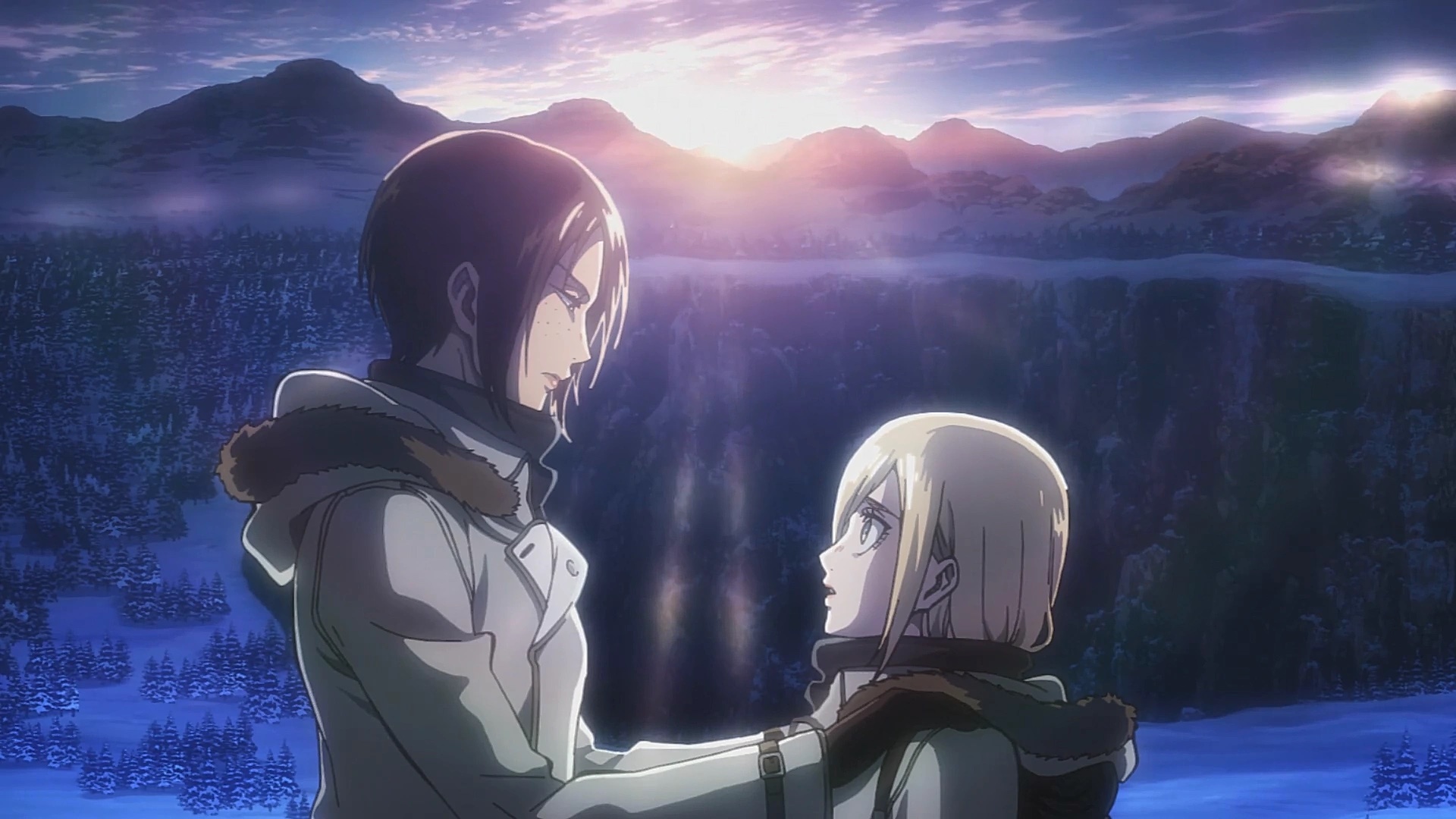
Toxic relationships are not new in anime. Nonconsenting dynamics run rampant in anime, but for gay relationships, it seems even worse since these stereotypes toward gay people have historically negative connotations. Just as LGBT+ characters are getting a start, they are immediately brought down by these harmful and disturbing portrayals, especially in boy’s love anime. The Tyrant Falls in Love (2010) has a straight-up rape scene. All of the aforementioned shows show off a very toxic representation of queer love, normalizing it to young queer viewers and confirming homophobes’ stereotypes about LGBT+ people. BL anime has surged in popularity over the years because most mainstream anime either queerbait or don’t show queer characters at all. This sudden rise in popularity makes it even more crucial for the genre to portray queer characters positively and in healthy relationships.
There are so many other examples of offensive characters to throw around, which is exactly why these damaging anime tropes need to stop, for the betterment of BL anime (and anime in general) and for the viewers who want to see themselves represented in their favorite shows.
Nonconsensual Scenes
This anime trope isn’t so much annoying as it is flat-out gross. This anime trope should have never been a thing, and it’s sad that it still is. Bathhouse scenes have the worst rep; the scene is basically an excuse to have the female characters naked in a nonsexual context and for the male characters to ogle at them. It’s played off as a joke, such as in the My Hero Academia bathhouse scene where Mineta (who shouldn’t even be a character at all) tries to peek at the female characters without their consent, with some other characters wanting to join in as well.
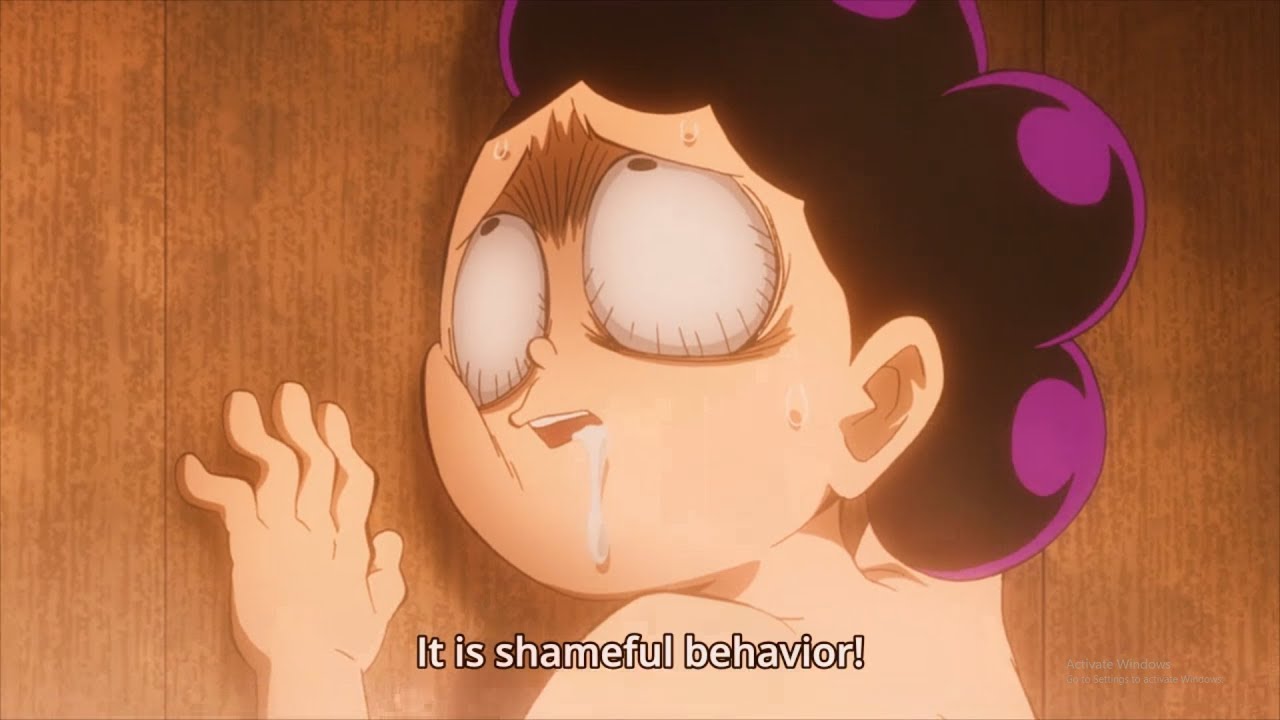
These depictions of invasion of consent are not funny and normalize boys and men sexualizing women as a joke. Outside of bathhouse scenes, there is also an alarming amount of nonconsensual scenes for male and female characters, with female characters forcing themselves on a male character who clearly doesn’t want them or male characters making sexual jokes about their classmates constantly trying to see them naked. These “boys will be boys” and “haha, girl harassing boy” tropes should die. Now.
The Bottom Line
Most of these anime tropes aren’t that serious and can easily be fixed with a few tweaks and changes. For example, harem and “teamwork always wins” anime tropes can turn into enjoyable tropes by giving female characters personalities and not writing in overpowered opponents, respectively. As mentioned before, tropes aren’t bad. Clichés are clichés for a reason: they work. People like them. Tropes such as enemies to lovers, sharing one bed, and slow-burn are all cherished dearly by many people, among others, if done tastefully.
Key phrase: if done tastefully. Anime tropes would work very well if some were reformed, but others need to be completely done away with. There is no reforming incest or rape. These anime tropes are so common that anime girls obsessed with their brothers or anime boys falling into girls’ boobs have become memes in pop culture. It paints anime in an awful light, and we need to change this. Start looking out for these tropes and don’t fall into passive viewership because that’s how these tropes are normalized.
